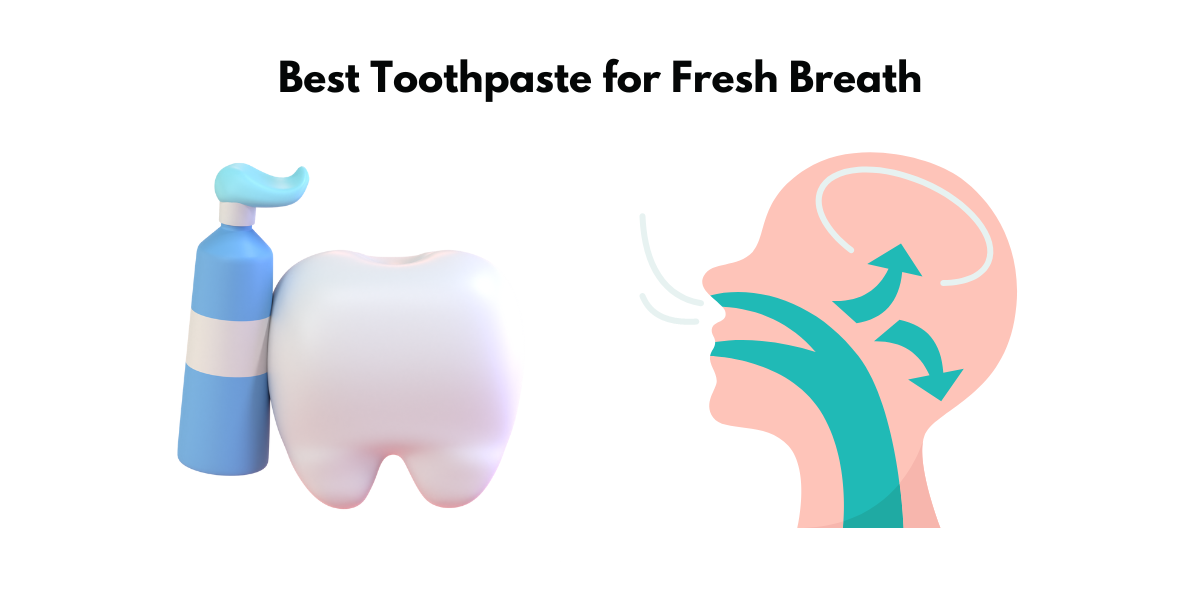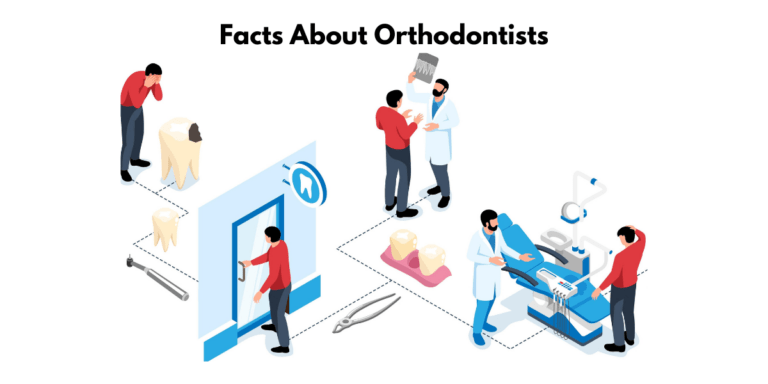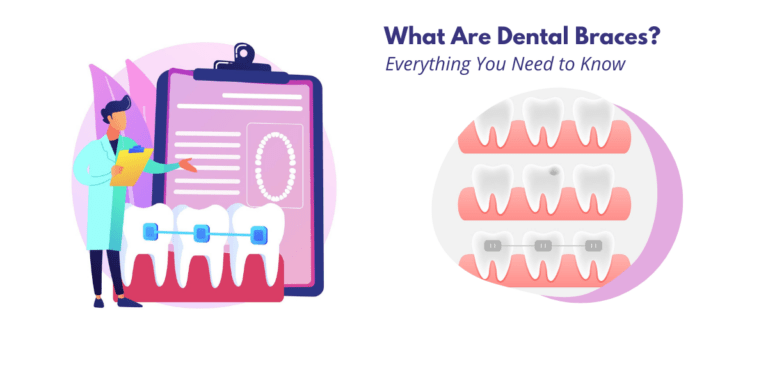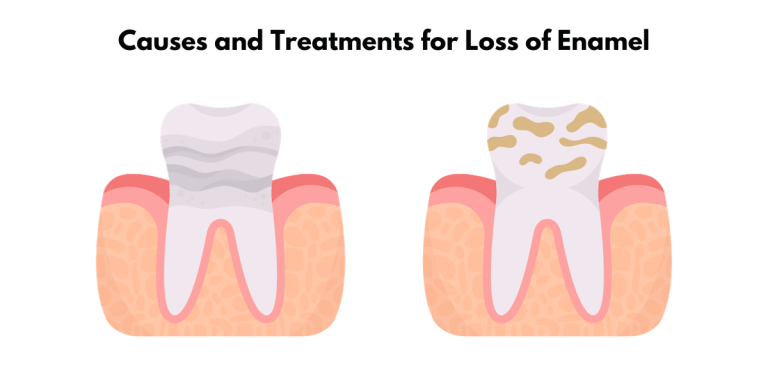The Best Toothpaste for Bad Breath: Which Toothpaste is the Best for Fresh Breath?
Understanding Bad Breath
What is Halitosis?
Halitosis, more commonly known as bad breath, is a condition affecting about 1 in 5 people. It’s not just a concern for your social interactions – it might also indicate underlying health problems. If your halitosis persists for more than a few weeks, this could be an indication of a deeper issue that requires medical attention.
Causes of Bad Breath
Bad breath can be caused by a variety of factors. Among them:
- Poor Oral Hygiene: Consistently neglecting brushing and flossing, something we’ve all been guilty of at times, can lead to an accumulation of bacteria in the mouth. This bacteria feeds on leftover food particles, emitting foul-smelling gasses as a result.
- Food and Drink: Certain foods and drinks such as garlic, onions, spices, coffee, and alcohol present strong odors that can affect your breath.
- Smoking and tobacco use: These invariably lead to bad breath and also exacerbate other oral health conditions.
- Dry Mouth: If there isn’t enough saliva to cleanse the mouth and digest food, your mouth might end up feeling dry, causing an unpleasant smell.

In relation to health concerns, chronic bad breath might be a sign of:
- Respiratory Tract Infections: Conditions like bronchitis or pneumonia can cause bad breath.
- Gastrointestinal Conditions: Problems like acid reflux or other gut issues can manifest as bad breath.
- Metabolic Disorders: For instance, diabetes and kidney failure can result in breath changes.
Understanding the causes of your bad breath is the first step towards finding an effective cure.
Health Conditions and Dry Mouth
Certain health conditions, such as diabetes, and medications like antidepressants can lead to halitosis. One common side effect of these situations is a change in saliva production, leading to dry mouth. Saliva is essential in maintaining oral hygiene as it helps wash away bacteria. A reduction in saliva production can result in a buildup of bacteria in your mouth, causing halitosis.
A condition called xerostomia, or dry mouth, reduces the production of saliva in your mouth. This lack of lubrication allows bacteria to thrive, leading to bad breath. Apart from causing bad breath, dry mouth can also lead to additional oral health problems like gum disease, microbial infections, and tooth decay. In essence, a dry mouth doesn’t just result in halitosis, but it’s often a precursor to more serious oral health issues.
The Role of Toothpaste in Combating Bad Breath
The Function of Desensitizing Agents
Desensitizing agents in toothpaste provide relief to those who are experiencing gum recession or tooth sensitivity. Contrary to some assumptions, these desensitizers don’t numb the gums. Instead, they work by creating protective barriers over the sensitive areas on teeth known as dentin, which contain exposed nerves due to gum recession or enamel wear.
Tooth sensitivity is a pretty common problem that results from gum recession and subsequent exposure to an underlying softer material called dentine. When dentine is exposed to temperature changes, sweet food, or even just the rigors of everyday life, it can result in tooth pain. Desensitizing agents like potassium nitrate or fluoride in toothpaste can block these sensitive spots providing relief to the user.
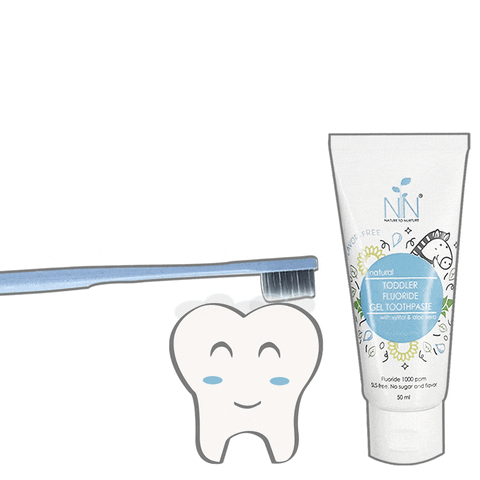
The Power of Fluoride
Fluoride works in two ways to protect your teeth. First, it helps remineralize your enamel, which is the outermost layer of your teeth that gets worn down by daily activities like eating and drinking. Remineralization is the process of adding lost minerals like calcium and phosphate back to the enamel, making it harder and more resilient to decay.
Secondly, fluoride reduces the ability of bacteria in your mouth to produce acids that eat away at your enamel. As Los Altos-based dentist Joseph Field explains, fluoride can lower the acidity from our diet that demineralizes our enamel, which could otherwise lead to cavities.
However, while fluoride is highly beneficial, it’s also crucial not to ingest it in large quantities. A dentist in Dallas, Amanda Lewis, cautions that excessive fluoride can lead to tooth staining and other undesirable effects. About 75% of people in the U.S. have fluoride in their water, according to the ADA, so they are already consuming it outside of toothpaste. The key is to strike a balance and use it judiciously, especially if you live in a region with fluoridated water. It’s always a good idea to confirm this with a dental professional.
Evaluating Different Types of Toothpaste
Comparison between Gel and Paste Toothpaste
Toothpaste typically comes in two forms: gels or pastes. While both gel and paste toothpaste provide the basic function of cleaning teeth, they can differ in terms of texture, abrasiveness, and penetration.
- Texture and Taste: Gel toothpaste often has a smoother texture and clearer appearance compared to paste toothpaste, which is opaque and grainier. Some people find gel toothpaste to be a more pleasant experience because of their smoother consistency and frequently sweeter taste.
- Abrasiveness: Gel toothpastes tend to be less abrasive than traditional toothpastes because their smaller molecules are less harsh on the teeth. This means they can be a better option for individuals with sensitive teeth or receding gums.
- Penetration: The smaller molecules in gels also allow them to penetrate deeper below the tongue surface. This capability can make gels more effective at eliminating bacteria and, in turn, reducing bad breath.
Still, the choice between gel and paste toothpaste is largely a matter of personal preference. Both types are designed to clean teeth effectively, and both usually contain similar active ingredients, such as fluoride. Ultimately, the best toothpaste is the one that encourages you to brush regularly and thoroughly.
The Pros and Cons of Foaming Toothpaste
A popular trend in the world of oral hygiene is the use of foaming toothpaste. The foaming action comes from detergents like sodium lauryl sulfate, which help to disperse the toothpaste throughout the mouth more effectively. However, like any product, foaming toothpaste has its pros and cons:
Pros
- Deeper Cleaning: The primary benefit of foaming toothpaste is that, because it disperses easily, it offers a more thorough clean. This is especially useful for reaching difficult spots like the space between teeth.
- Flavor Dispersal: Foaming toothpaste often tastes better because the foam helps spread the flavor throughout your mouth.
- A Clean Feeling: Many people like the foaming sensation because it provides a physical indication that the toothpaste is working.
Cons
- May Irritate Sensitive Teeth: The detergent that causes the toothpaste to foam may irritate some sensitivities.
- Drying Effect: Foaming toothpaste can sometimes have a drying effect on lips due to the nature of the detergent it contains.
- Tacky Consistency: Some users dislike the slightly stickier texture of foaming toothpaste.
If you’re someone who enjoys the clean sensation of foaming toothpaste and does not have sensitivity concerns, it might be a suitable oral hygiene product for you. But if you have sensitive teeth, you might want to look for toothpaste with a non-foaming formula. As usual, consult with your dentist or oral health specialist to find the best product for your needs.

Top-Rated Toothpaste for Fresh Breath
Reviewing Best Whitening and Anticavity Toothpastes
The toothpaste market offers a wide range of products designed to address various oral health concerns. In particular, whitening and anticavity toothpaste are popular choices for individuals looking to improve their oral hygiene.
Best Whitening Toothpaste
Whitening toothpastes use mild abrasives or chemicals to polish the teeth and prevent the buildup of stains. Some also contain hydrogen peroxide, a common bleaching agent. However, remember that whitening toothpastes can only help remove surface-level stains, and won’t change the natural color of your teeth.
One popular choice is Colgate Optic White Whitening Toothpaste. It claims to remove intrinsic stains deep within the teeth in addition to surface stains. It contains hydrogen peroxide, the same ingredient dentists use for in-office whitening procedures.
Another customer favorite is Crest 3D White, which uses stain-erasing technology to achieve noticeably whiter teeth.
Best Anticavity Toothpastes
Anticavity toothpastes contain fluoride, a mineral that strengthens tooth enamel and helps prevent tooth decay.
Colgate Cavity Protection Toothpaste is highly recommended for complete care. It addresses the primary requirements of an effective toothpaste – it contains fluoride, which strengthens teeth and prevents tooth decay. It thoroughly cleans teeth and removes harmful bacteria, keeping your breath fresh and mouth feeling clean.
Another anticavity toothpaste highly favored by users is Crest Pro-Health Advanced, which offers comprehensive protection against cavities, gingivitis, and plaque.
Remember that while toothpaste plays a crucial role in oral health, it’s not a cure-all. Regular dental checkups, a healthy diet, and daily brushing and flossing still rank supreme for keeping your mouth healthy and breath fresh.
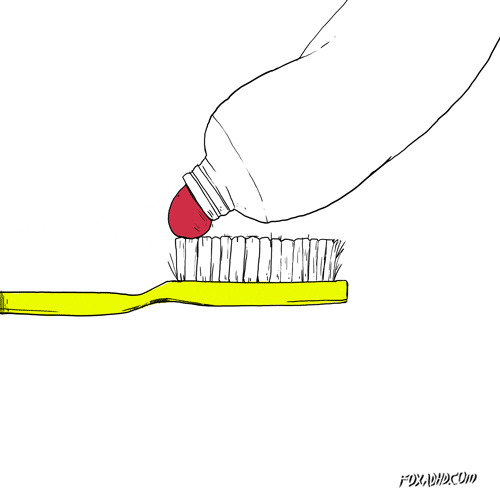
Finding the Best Toothpaste for Sensitive Teeth
Sensitive teeth can stem from conditions like receding gums, enamel wear, cracked teeth, or cavities. Toothpaste specifically formulated for sensitive teeth can help manage the discomfort.
These toothpastes function by either blocking the tooth’s pain signal to the nerve or by blocking tiny tubules in the dentin to reduce sensitivity. Key desensitizing ingredients to look out for are potassium nitrate and stannous fluoride.
Sensodyne Fresh Mint Sensitivity Protection Toothpaste is a top pick amongst dentists globally. It reduces pain sensitivity with its main ingredient, potassium nitrate. A noticeable decrease in tooth sensitivity can be seen after consistent use of this toothpaste. Plus, it leaves your mouth feeling fresh with a mint flavor.
Another option is the CloSYS Fluoride Toothpaste. It’s notably gentle, free from the foaming agent Sodium Lauryl Sulfate (SLS) which can irritate sensitive gums and mouths. Besides that, it fights cavities, promotes fresher breath, and whitens teeth without harsh abrasives.
The Sensodyne Whitening Toothpaste for Sensitive Teeth is another excellent choice. It’s formulated to enhance brightness and contains two key ingredients: sodium fluoride and potassium nitrate. It helps to protect the teeth from sensitivity and cavities — while aiding to restore the natural whiteness of your teeth.
If you’re unsure about the right toothpaste for your sensitive teeth, it’s best to ask your dentist.
Identifying the Premium and Natural Toothpaste
With increasing awareness for clean living, many consumers are turning to more natural, premium toothpaste varieties. These often contain organic or natural ingredients and stay away from potential irritants like sulfates, artificial sweeteners, and artificial colors. Here’s a look at some top contenders in the premium and natural toothpaste realm:
- Tom’s of Maine Natural Toothpaste: This is a fluoride-based toothpaste that also uses licorice root extract for flavor. Priding itself on being free of artificial additives like dyes and sweeteners, this gentle formula targets plaque and freshens the breath. It also helps to fortify and mineralize soft spots in your teeth before they become cavities.
- Kopari’s Coconut Toothpaste: This toothpaste stands out for its unique use of a coconut-derived fluoride alternative. It aims to remineralize teeth, whiten enamel, repair micro-lesions, and reduce hypersensitivity. Kopari’s toothpaste uses coconut oil, a natural antibacterial agent, to rid the mouth of toxins. Plus, it’s free from sulfates and artificial sweeteners.
- Crest Pro-Health Pro Toothpaste: Falling more into the premium category, Crest Pro-Health Pro Toothpaste is a top selection for plaque buildup prevention and cavity protection. This toothpaste uses the active ingredient stannous fluoride for cavity prevention, gingivitis reduction, and sensitivity relief. The foaming action allows the product to reach every tooth surface for an all-around clean.
When it comes to choosing a toothpaste, whether premium, natural, or traditional, the best option is one that matches your unique oral health goals. It’s also important to trust and verify; the ADA Seal of Acceptance indicates a product’s safety and efficiency.

FAQs
What other remedies are there for bad breath?
Besides maintaining good oral hygiene with the right toothpaste, there are other ways to combat bad breath:
- Stay Hydrated: Drinking plenty of water avoids dry mouth, which is often a primary cause of halitosis.
- Avoid Certain Foods: Foods like onions, garlic, and spices can contribute significantly to bad breath. Limiting your consumption can help.
- Chew Sugar-Free Gum: Even when it doesn’t contain Xylitol, sugar-free gum can stave off stinky breath. Chewing produces saliva, helping to cleanse your mouth of lingering food particles that could cause a stink.
- Maintain Regular Dental Visits: Regular prophylactic visits to a dentist can catch plaque build-up before it becomes an issue. You should see your dentist twice a year, or more often if you’re prone to oral health problems.
- Quit Smoking: Smoking significantly contributes to bad breath. Giving up this habit can vastly improve your oral hygiene and overall health.
- Tongue Scraper: Invest in a tongue scraper to get rid of bacteria, fungi, and dead cells that can accumulate on your tongue, especially over time.
- Healthy Diet: Eating a well-balanced diet can also lessen bad breath. Fresh fruits and vegetables, lean proteins, and healthy fats can all contribute to a healthier mouth.
Additionally, for a quick fix, the consumption of raw fruits and vegetables, especially apples, can aid in getting rid of immediate bad breath. This is because the biting and chewing process amplifies salivary flow, keeping your mouth moist and bacteria at bay.
Are all toothpastes good for combating bad breath?
The answer to this isn’t clear-cut. While all toothpastes aim to clean teeth and freshen breath, not all are equally effective at combating persistent bad breath, or halitosis.
Typically, toothpaste freshens breath by removing leftover food particles and bacteria that, if left unattended, would produce unpleasant odors.
However, some toothpastes are formulated specifically to tackle bad breath. These contain specialized antibacterial agents like cetylpyridinium chloride and zinc lactate, which fight off odor-causing bacteria on the tongue, gums, and throughout the mouth.
Some toothpastes like AutoBrush Toothpaste, Crest Pro-Health HD, and Colgate Total, amongst others mentioned before, are designed specifically with properties to fight off bad breath.
However, toothpaste should not be used as a standalone remedy for chronic bad breath. For example, it’s vital to pay attention to other aspects of daily oral hygiene, including regular flossing, brushing your tongue, and keeping a routine of dental check-ups.
In the end, choosing the right toothpaste is a twin matter of personal preference and individual dental needs. Consult your dentist for tailored advice based on your particular oral health situation.

Conclusion
Recap: Winning the Battle for Fresh Breath
Winning the battle against bad breath is entirely achievable with a combination of consistent, proper oral hygiene and informed product selections. Chronic bad breath, or halitosis, is caused by various factors including gum disease, cavities, certain foods, smoking, or on occasion, other health conditions.
While toothpaste alone can’t inherently cure bad breath, the right toothpaste can play a significant role in managing it. Toothpaste tailored to fight bad breath often contains antibacterial agents such as cetylpyridinium chloride or natural ingredients like essential oils which help keep odor-causing bacteria at bay.
Remember, it’s important to consult your dentist if your halitosis persists, as it may be an indicator of a more serious, underlying health issue. Your dentist can provide personalized advice based on your individual oral health situation and needs.
Finding the Right Toothpaste for You
Finding the right toothpaste for you comes down to what your oral hygiene goals and medical needs are. Whether you’re chasing a brighter smile, looking to combat cavities, navigating sensitive teeth, or just needing to freshen your breath, there’s a suitable toothpaste for you.
Opting for a toothpaste that’s been approved by the American Dental Association (ADA) can provide peace of mind, as the association’s seal is a testament to the product’s safety and efficacy.
Remember, toothpaste alone cannot rectify the toll of unhealthy habits. A good oral care routine consists of regular brushing (twice a day), flossing, and dental check-ups, in addition to a wholesome diet and gradual lifestyle improvements.
- Comprehensive Guide to Pediatric Dental Care: Expert Tips for Ensuring Optimal Oral Health in Children - February 3, 2025
- Poor Teeth Enamel: Unveil Causes and Treatments for Loss of Enamel or Enamel Hypoplasia - January 12, 2024
- The Best Toothpaste for Bad Breath: Which Toothpaste is the Best for Fresh Breath? - December 6, 2023

